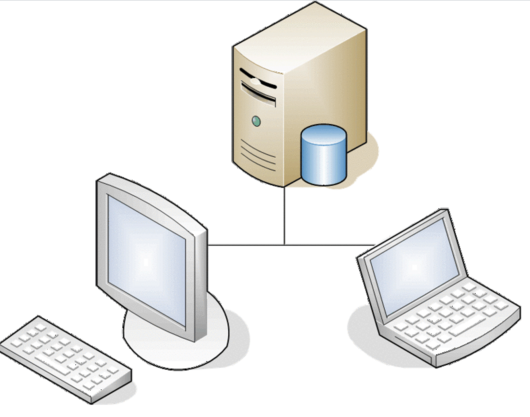
Technical Prerequisites
- In the ideal case, a PC lab equipped with enough computers for all students and an Internet connection, a terminology management tool, a word processor, spreadsheet software, CD-ROM dictionaries, etc. Otherwise, a classroom with at least one PC equipped with an Internet connection, a terminology management tool, a word processor, spreadsheet software, CD-ROM dictionaries, etc.
- The terminology management tool available in the institution must offer a client/server solution. Teachers have to make sure that all students are able to concurrently log on to and edit the termbase (see also eCoLoTrain course Terminology Managment 4).
Working Methodology
In this scenario, the teacher creates a terminology database before the beginning of the course which will be available as a server-based termbase. Students will have access to it from home or from the PC lab for the preparation of their specialised translation classes and for doing terminology work – e.g., entry of new entries, modification of existing ones – according to the work done in class and the teacher's instructions.
- The server-based termbase prepared by the teacher and modified by students will be displayed in class for discussion.
- During classes, teacher and students will discuss the different translations prepared by students, correct or incorrect translations, problems in specialised translation, language-pair specific problems, etc. According to the resources available in the classroom (Internet, CD-ROM dictionaries, paper dictionaries, etc.), students can also research and compile new terminology during the class without necessarily entering it directly in termbase (see also eCoLoTrain course ICT 5).
- Students could also store new entries in MS Excel spreadsheets and import them later into the termbase as a way of practising exporting data, working with different formats, etc. (see also eCoLoTrain courses on Terminology Management, exercise III).
- Correcting terminology in the database can be assigned as homework to different groups of students. For example, each time a different group of students is responsible for updating the terminology database with the corrections made in class for the following class. Students should be able to add new entries, modify existing entries, add translations and other terminological information to the server-based database.

